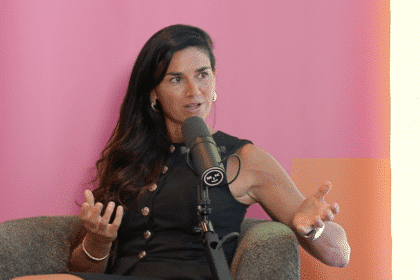Meta has offered users more tools to control the content recommendations that the company’s AI software serves on its Facebook and Instagram platforms.
In total, the firm has released 22 “system cards” for Facebook and Instagram that cover Feed, Stories, Reels and other products where people find content from the people that they follow and content from “unconnected” people — the groups or accounts that they do not follow.
While these system cards are not new themselves, Meta is now sharing the types of inputs — known as signals — that have led to the content recommendations as well as the predictive models that the signals inform that determine the content served.
However, Meta has said that while these categories of signals represent the “vast majority” of signals used to serve content, it is not the entire picture. Users will be able to find the information on why they have been served content in the Transparency Centre, accessible via the settings menus on Facebook and Instagram, as well as the “Why Am I Seeing This?” feature on both platforms.
Meta has also offered up some examples of the signals it uses to identify low-quality or harmful content — not all, though. The company said that there were limits on what it could safely disclose in order to maintain the integrity of the system and ensure people do not circumvent the rules.
In practice, the new tools will show users why they are seeing a particular piece of content and will make the “Not Interested” feature, released in 2021, seem more useful and make users feel as though they have more control over the AI algorithm and the content they see.
“With rapid advances taking place with powerful technologies like generative AI, it’s understandable that people are both excited by the possibilities and concerned about the risks,” said Meta’s president of global affairs, Nick Clegg.
“We believe that the best way to respond to those concerns is with openness. Generally speaking, we believe that as these technologies are developed, companies should be more open about how their systems work and collaborate openly across industry, government and civil society to ensure they are developed responsibly.”
How these tools will impact on advert and creator reach and impressions remains to be seen. While the tools are relatively easy to find for users, fine-tuning the algorithm to get perfectly relevant content can be a bit of a faff to say the least.








